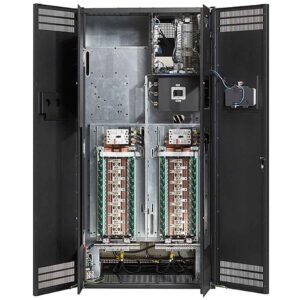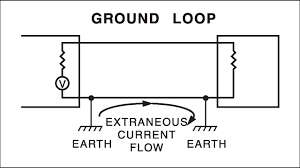Requirements for a 1-Line Diagram and Calculations in New Construction Projects Over 200 Amp Service

Understanding a 1-Line Diagram
A 1-line diagram is a simplified representation of an electrical system. It shows how components are connected and the flow of electrical power. For new construction projects requiring over 200 amp service, providing a 1-line diagram and accurate calculations is essential. This would include most many new residential homes.
Importance of Compliance with Local Regulations
Ensuring compliance with local jurisdiction regulations is crucial. These regulations often dictate specific design criteria, safety standards, and documentation requirements. Additionally, most utilities still allow a hot-sequence residential meter, where the power runs through a utility meter, for a maximum 320A (nominal 400A – Class 320 Meter). So if the calculated load exceeds this value (320A), then a fully-rated 400A (or higher) electrical service is required which also necessitates the use of CT metering and special service equipment.
Role of an Experienced Electrical Engineer
An experienced electrical engineer brings critical skills to the table:
- Expert Design: Creates compliant and efficient electrical systems tailored to project needs.
- Regulatory Navigation: Helps navigate the permitting process and ensures adherence to local codes.
Providing a 1-line diagram and calculations for new construction projects over 200 amp service is vital. It ensures safety, efficiency, and regulatory compliance. Therefore, partnering with an experienced electrical engineer guarantees expert design and seamless navigation of local jurisdiction requirements, saving you time and money. Achieving compliance and optimal design in electrical systems for new construction projects over 200 amp service, as well as the myriad of other electrical requirements is critical for success. Reach out to our Electrical Engineering experts at EVstudio – we’re happy to help you with all of your project electrical design needs!
For further details, consult the latest edition of the National Electrical Code (NEC).










